
In this video we share some ‘how to get started tips’ we love to paint a room. Without losing your mind.
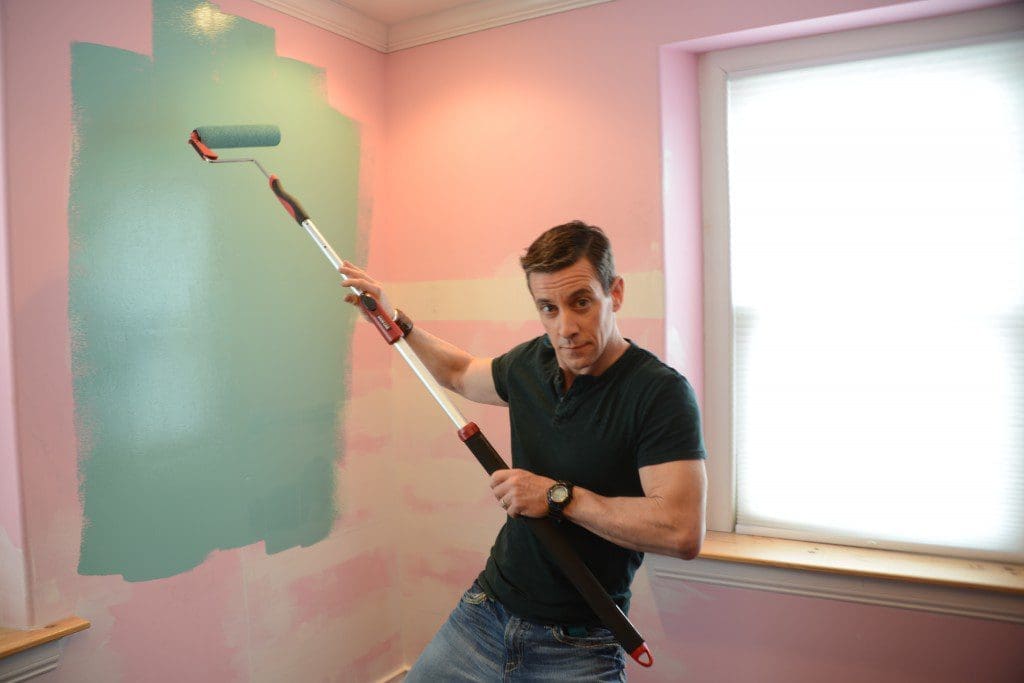 Empty is best. If you can do it, before you paint a room move all the furniture and art and everything out of the room. If not possible, moving it to the center of the room and covering in sheet plastic is the next best thing.
Empty is best. If you can do it, before you paint a room move all the furniture and art and everything out of the room. If not possible, moving it to the center of the room and covering in sheet plastic is the next best thing.
Drop cloths are terrible. Even the good ones. Always too big or too small, they wrinkle up on the edges and bunch up under ladder feet and paint trays all but inviting spills. And they’re worthless for anything else. Our hack: Moving blankets. They’re great for all kinds of stuff from beach blankets to, well, moving stuff. But their hero function for us is as drop cloths that we can manage. AND wash in the clothes washer when we’re done.
Repairs that you can do. Hide the nail holes from the picture hanger nail by first ‘dimpling’ the drywall (smooshing it a little) with the handle of a putty knife or painters tool. If you have to caulk, wiping down the caulk bead with wet fingers (a small pail with a grout sponge inside is our favorite way to do this) is way better than dry fingers 16 rolls of paper towels and ruined clothes. Seriously, there’s just no need.
Ladders. A 4-foot step-ladder is a DIY friend. Long after you’ve completed your paint a room project, the 4-footer (as we call them) will serve you well to safely change light bulbs and for other DIY projects like installing a ceiling fan. Heck, cats even like them.
Paint + Primer. For even just one room, a good paint brush is worth it. For more…worth its weight in paint. We used Shur-Line’s HYDROGLIDE and it rocked. Yes, we’re brush-geeks. Reason is: When we paint a room, we use them for everything from sweeping up dust to whisking away cobwebs in corners. But mostly we use them for painting, whether that’s spot-priming a repair (which we like to do even when we’re using paint + primer just to get all the textures uniform before we paint). HYDROGLIDE roller covers too. They’re designed for the differences between plain-ole-paint and the newer, thicker, faster-drying (or so it seems) paint + primer.
Get a handle. A roller extension handle like Shur-Line’s Easy Reach Pole saves a lot of time and ladder climbing. An adjustable handle is even better for working everywhere along the walls and ceiling.
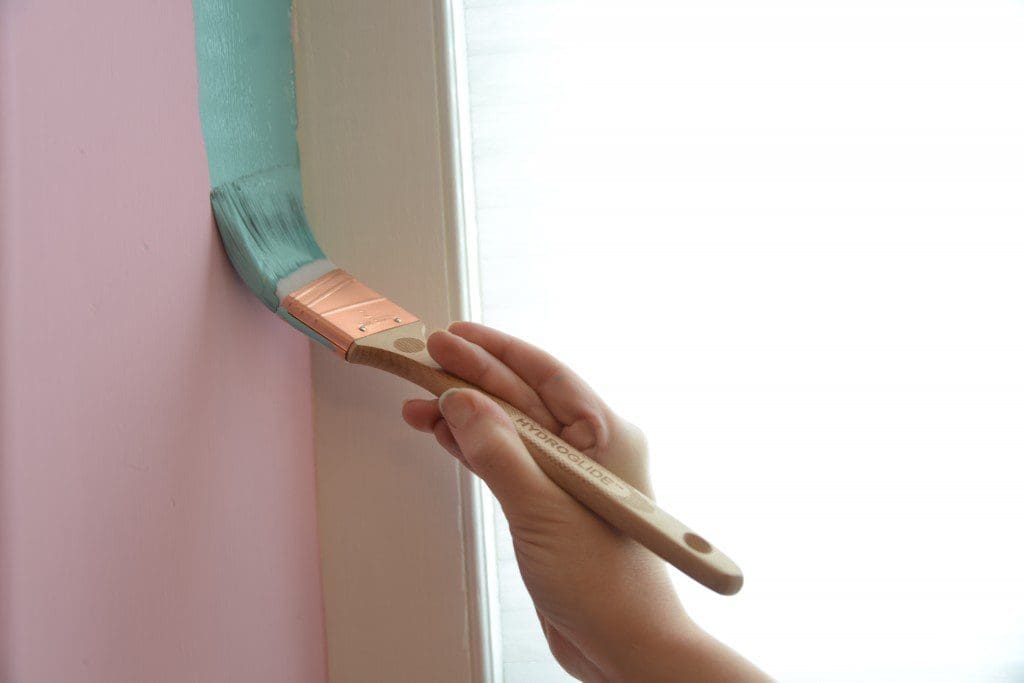
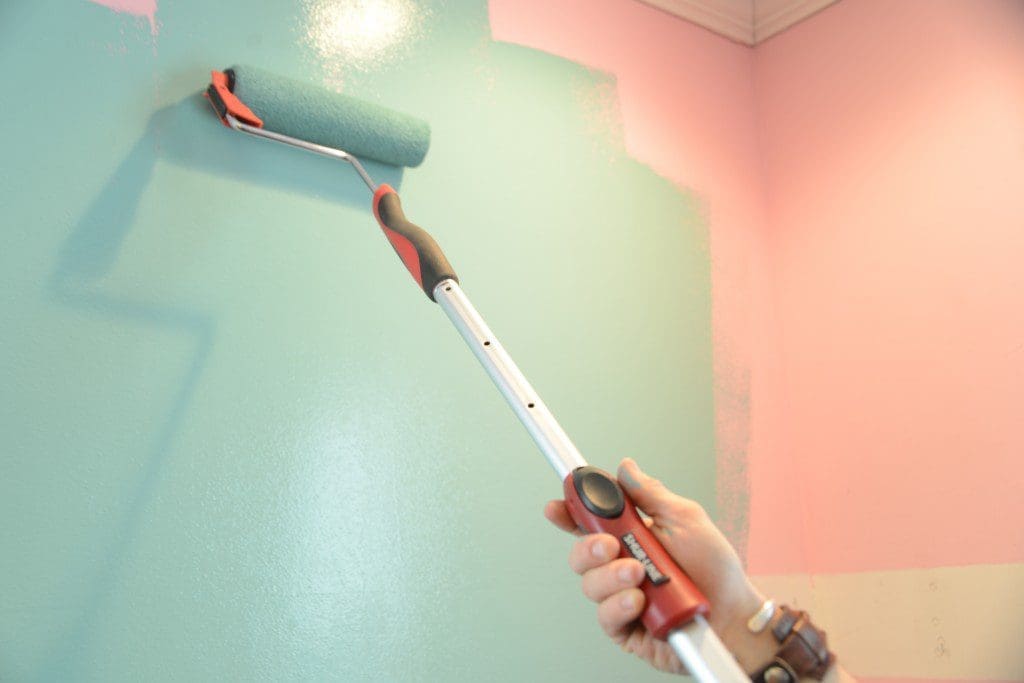

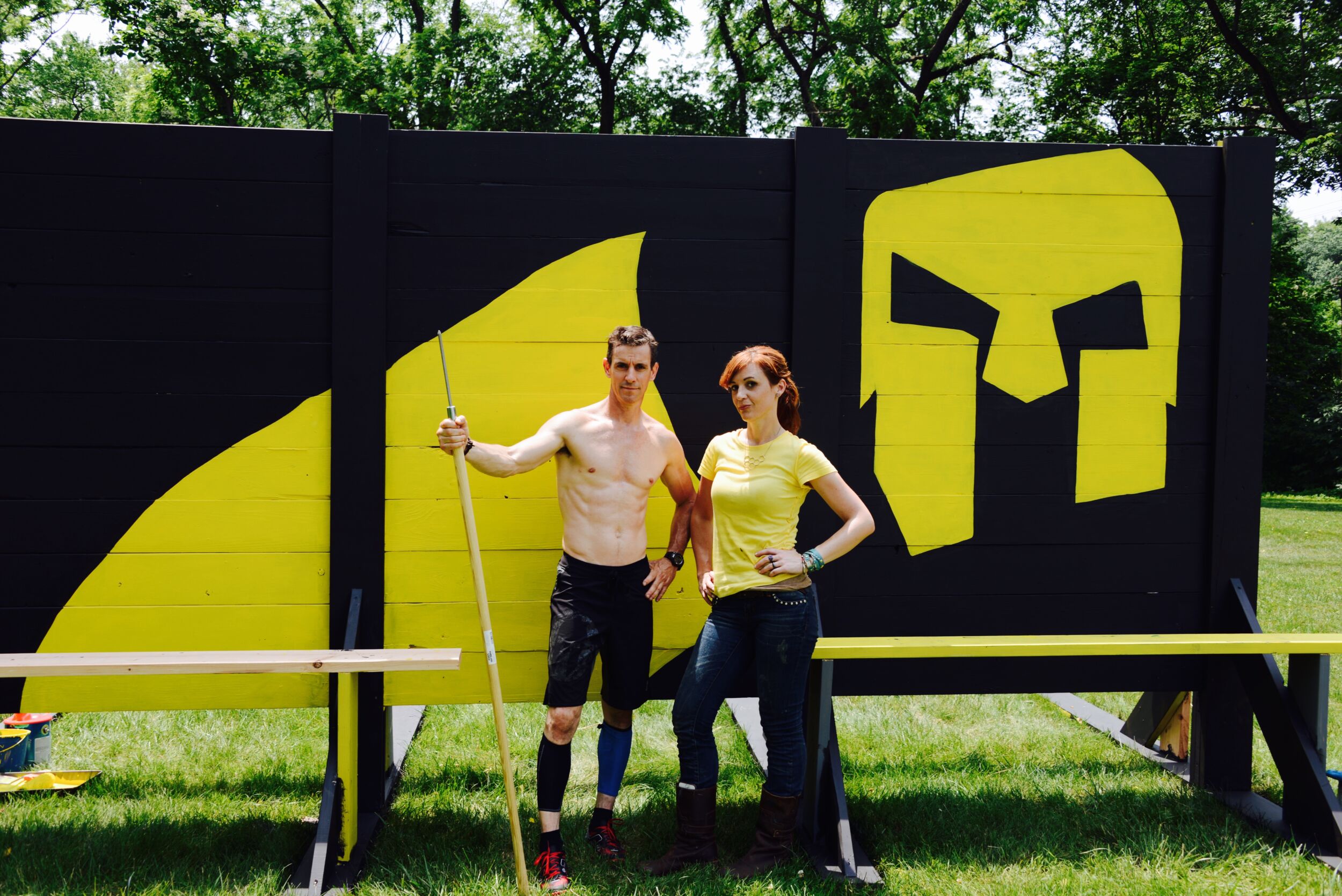



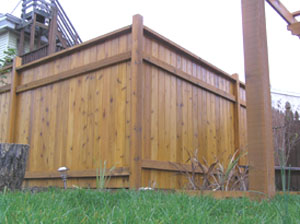
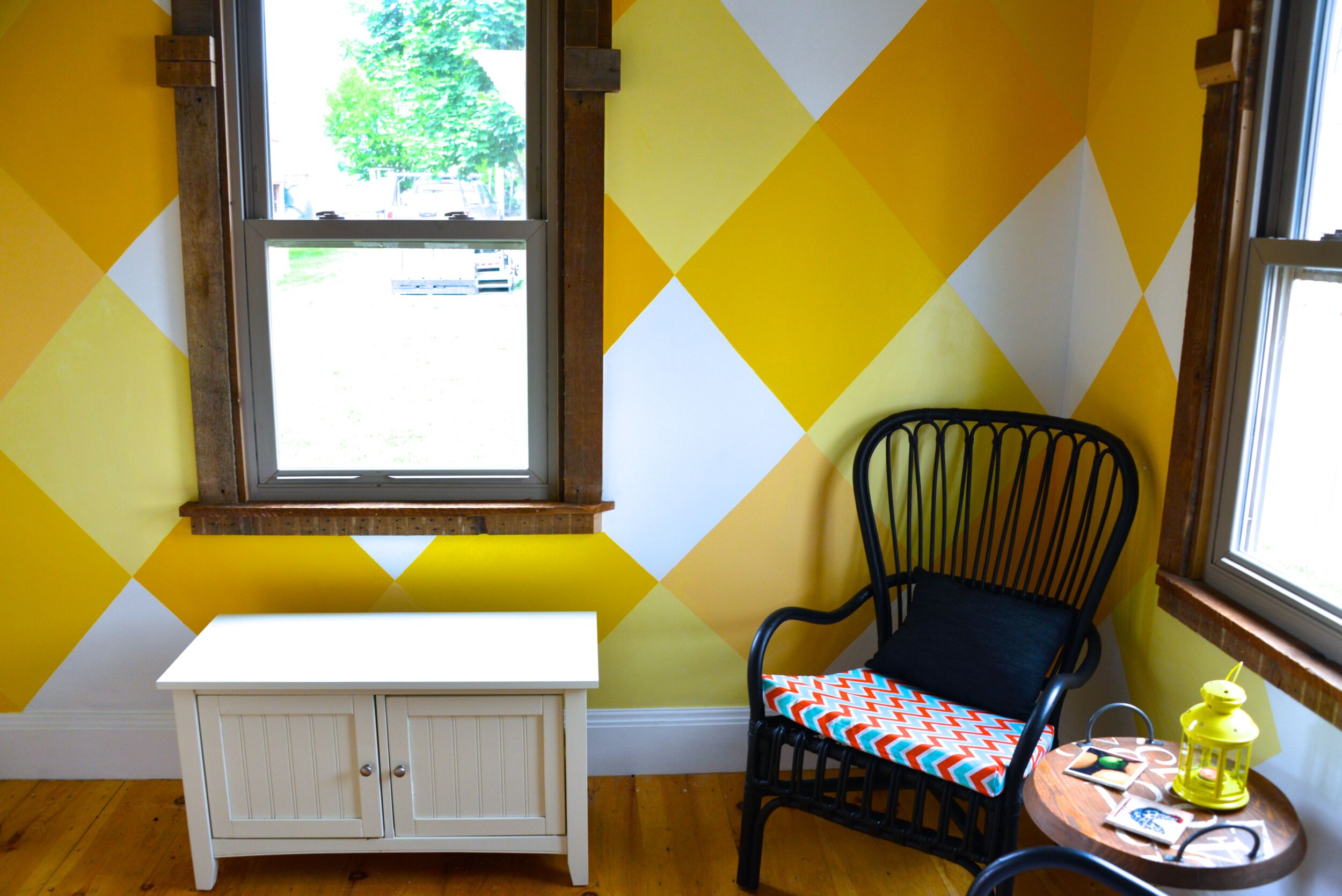
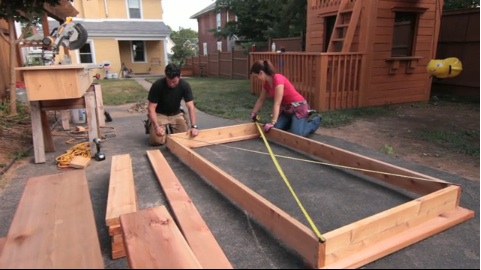
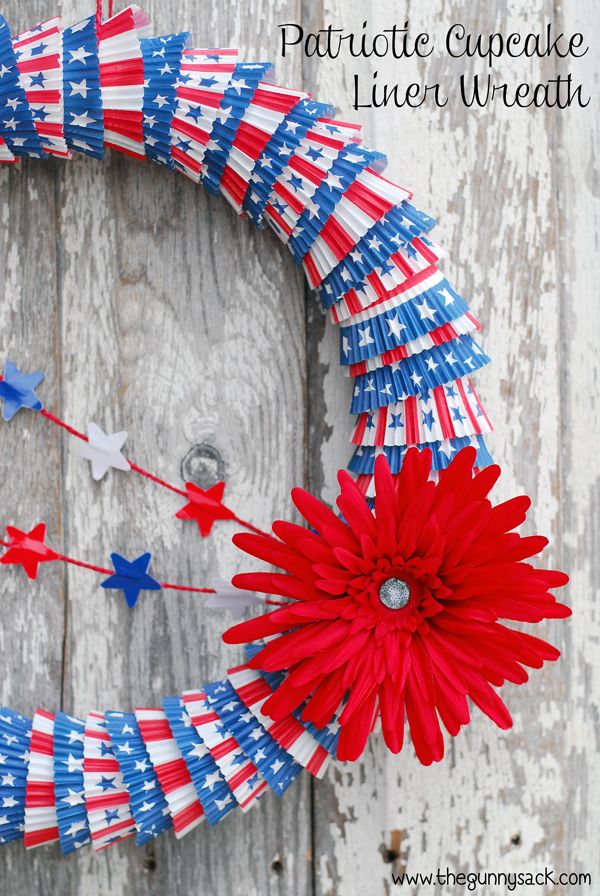
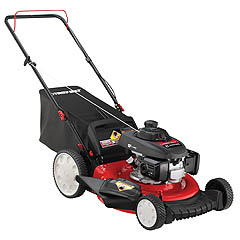
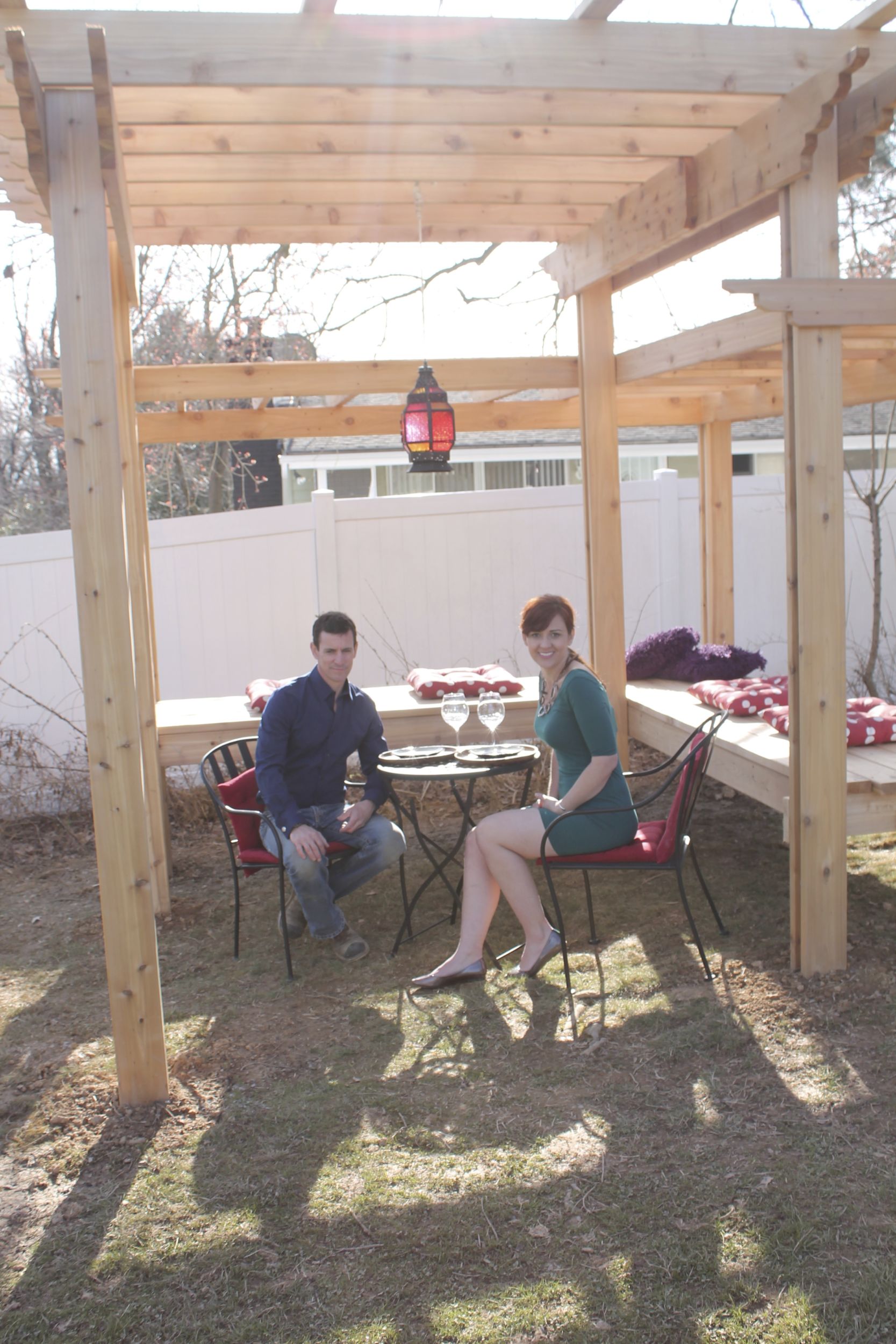

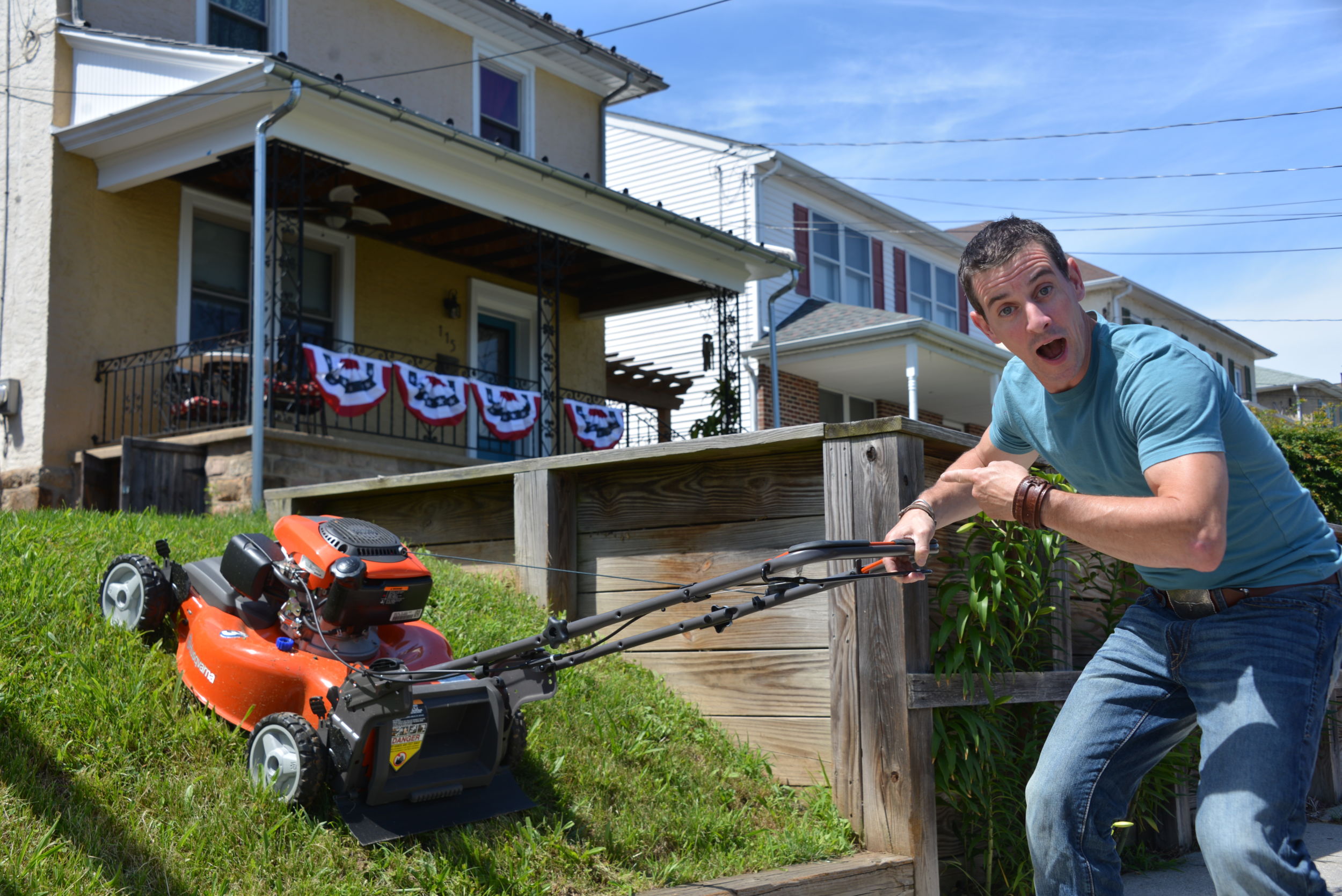
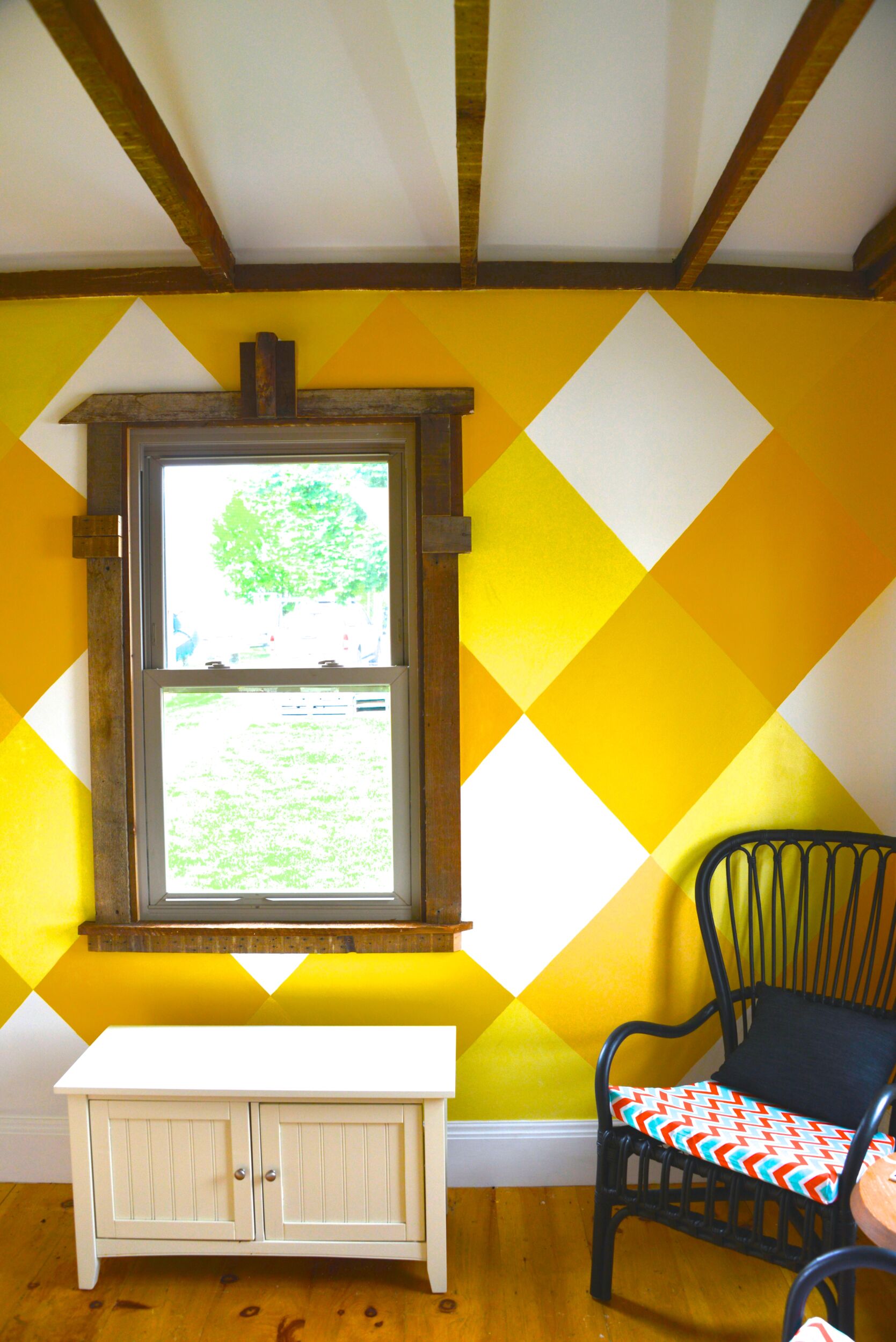
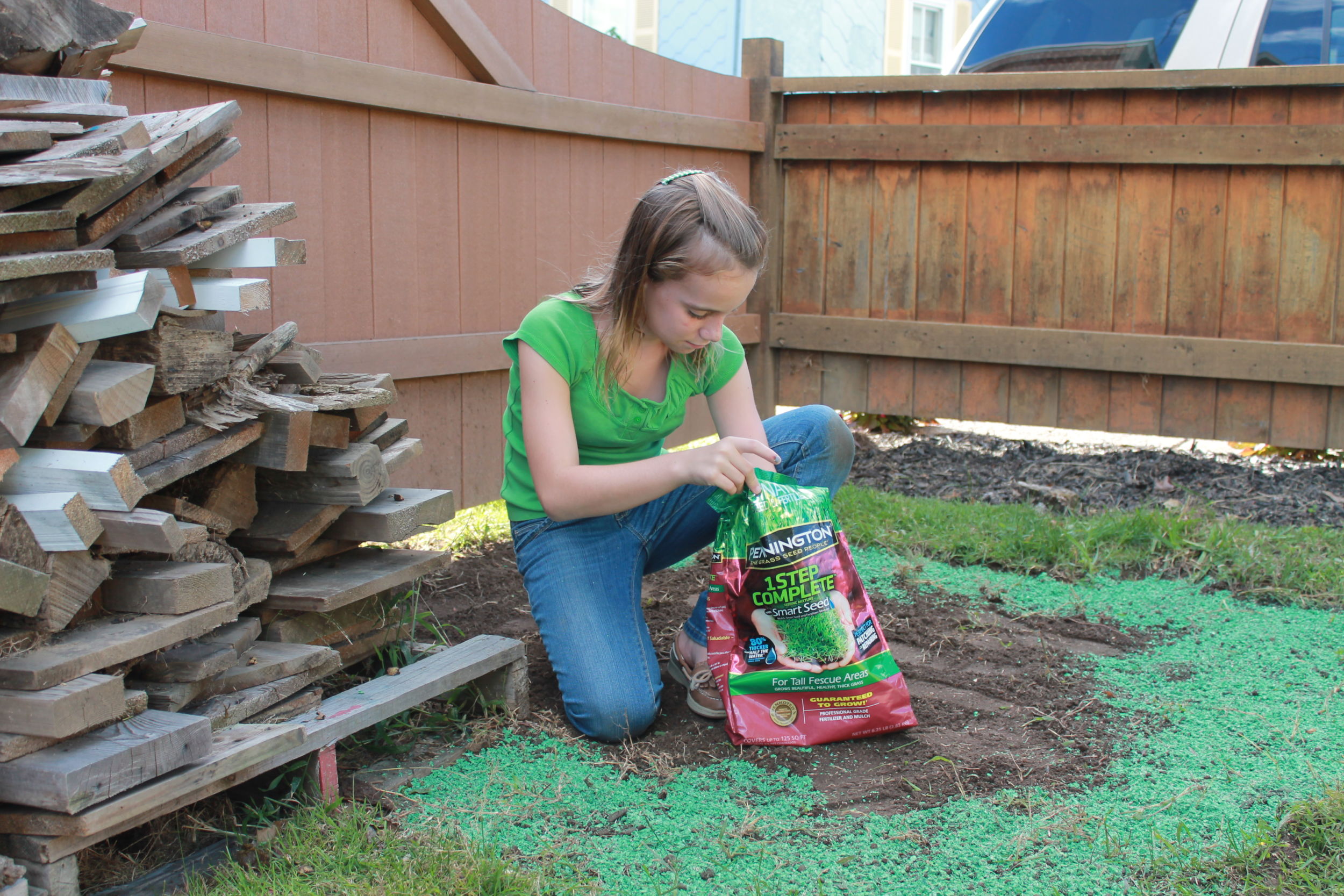

[…] a paintbrush that’s made for a DIYer, like Shur-Line. Professional paintbrushes tend to hold more paint in them, which makes it tougher to control if […]
[…] a quart of Rock Bottom grey from my local Sherwin-Williams, decanted polyurethane into a mason jar, grabbed a few of my favorite Shur-Line paint brushes and tray, and headed to her […]
[…] cave, covering openings to mitigate dust migration for demo, or draping over furniture before you paint a room, here’s a tool hack that’ll save you […]
[…] So this project is made from Southern Yellow Pine (and a few logs from the adjacent woods). The wood is secured with their favorite Spax fasteners and coated it Sherwin-Williams paint and stain with their go-to paint tools from Shur-Line. […]
[…] her husband Mark show you how to upcycle old doors (and you’ll find plenty at the ReStore!), paint a room, and start a DIY pallet project. Get inspired, then get started at the Habitat […]
[…] disclosure, we’ve recently become spokespersons for Shur-Line. Shur-Line makes paint tools, and I honestly love their brushes for painting patterns. Here’s […]
[…] when you are painting along an edge, like tile, baseboard, or door trim, you can use this handy little edging tool from […]
[…] Now that the tough part of selecting the perfect color is over with, it’s time to start your paint job. […]
[…] There’s absolutely no limit to what a creative mind and a free afternoon can create with paint. […]